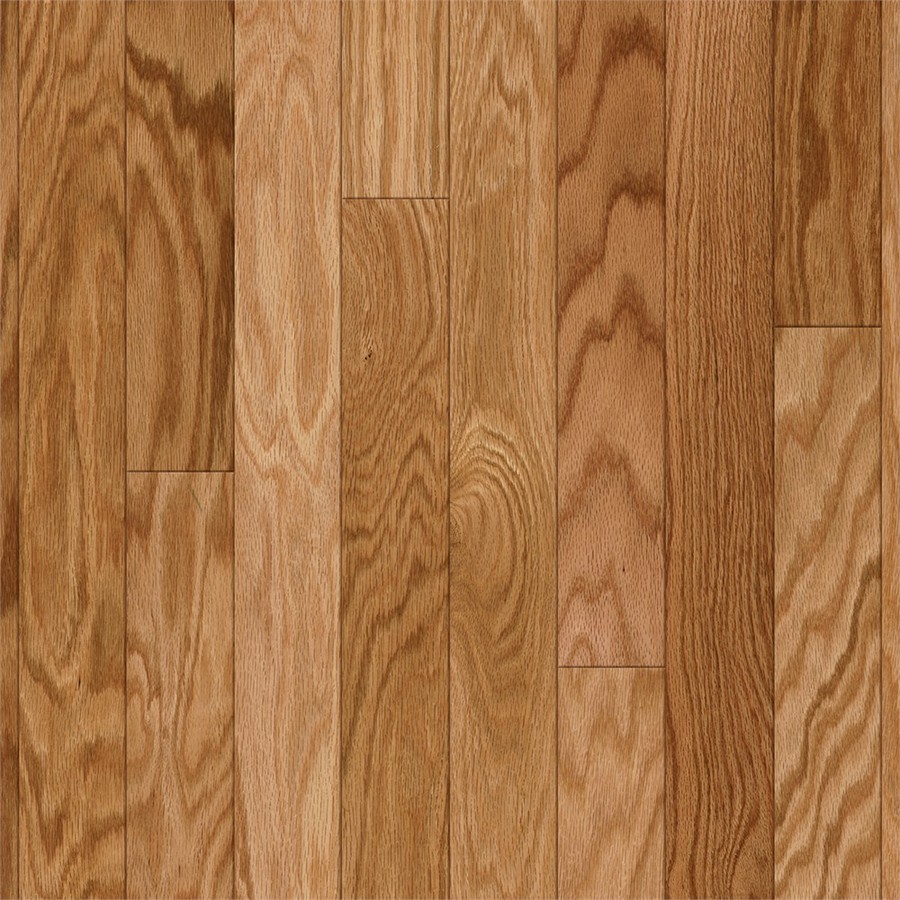Solid Versus Engineered Hardwood Flooring!
Engineered flooring has several advantages and disadvantages to solid hardwood. It does come with “click fitting”, or tongue and groove profile, and consists of three layers.
The top layer is a veneer or solid wood. The second layer is strong and supportive. Usually plywood, particle board, or medium-density fibreboard. The final layer is the stabilizing back layer, which helps the flooring not to buckle in areas with changing moisture.

No sanding is involved, and installation can be as easy as using a special glue, or a 3/8” special stapler. It is often a better option if it’s being installed in an area of high humidity.
Overall, the cost of engineered flooring can be higher than solid hardwood. Because of its different components and the higher number of manufacturing steps, as well as, the costs of installation, often higher for engineered floors, it can be more costly than traditional hardwoods. Sometimes as much as twice the cost.
Most times, Gehrke’s Hardwood Flooring suggests engineered flooring based on a height difference on a specific project. Engineered wood can range from 3/8” to 1/2″, while solid woods have a thickness of 3/4″.
Engineered wood flooring is also problematic if there is a need to replace a board. You would normally need to replace an entire row to replace the run properly, whereas with solid wood, a single board can be replaced, if necessary.
You can identify engineered wood by the following characteristics:
- It’s much lighter than solid wood
- Exterior and interior of the planks will not match
- It’s usually installed below grade (basements, below the ground)
If you’re considering using engineered wood for your flooring, it would be beneficial to speak with a knowledgeable person, familiar with the pros and cons of its use, to be sure it’s the best option for your needs. Fill out the form on the Contact page and I’ll be happy to advise you.